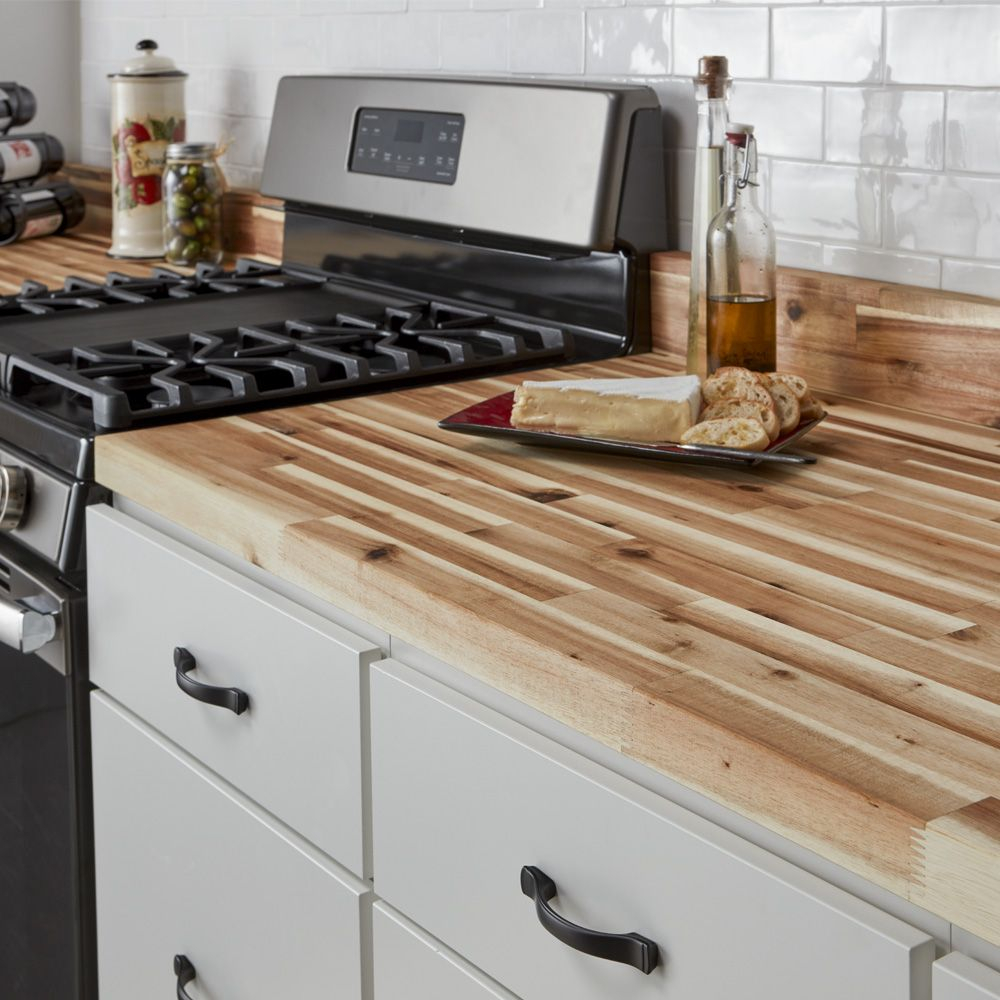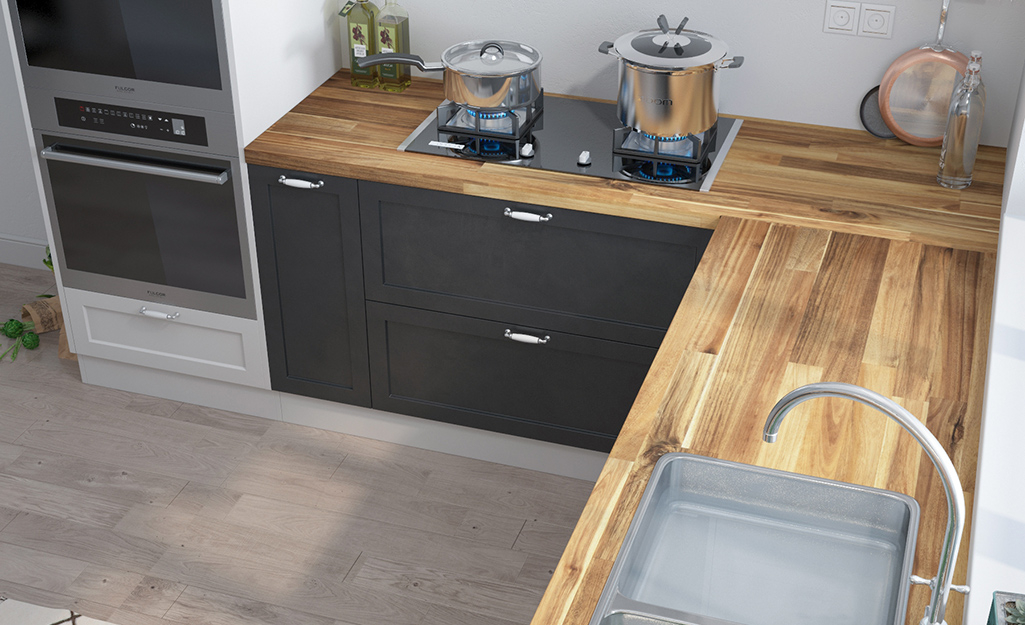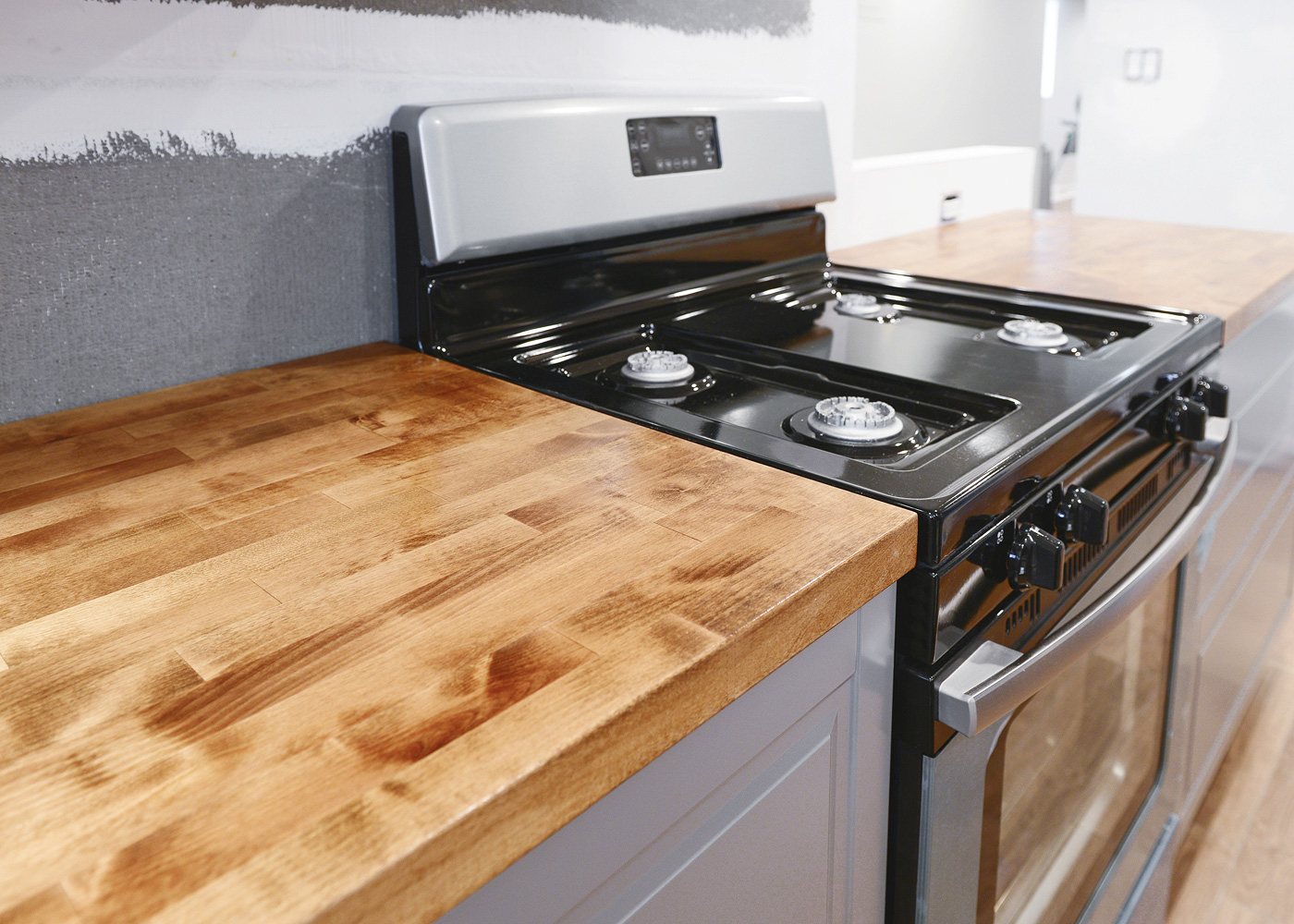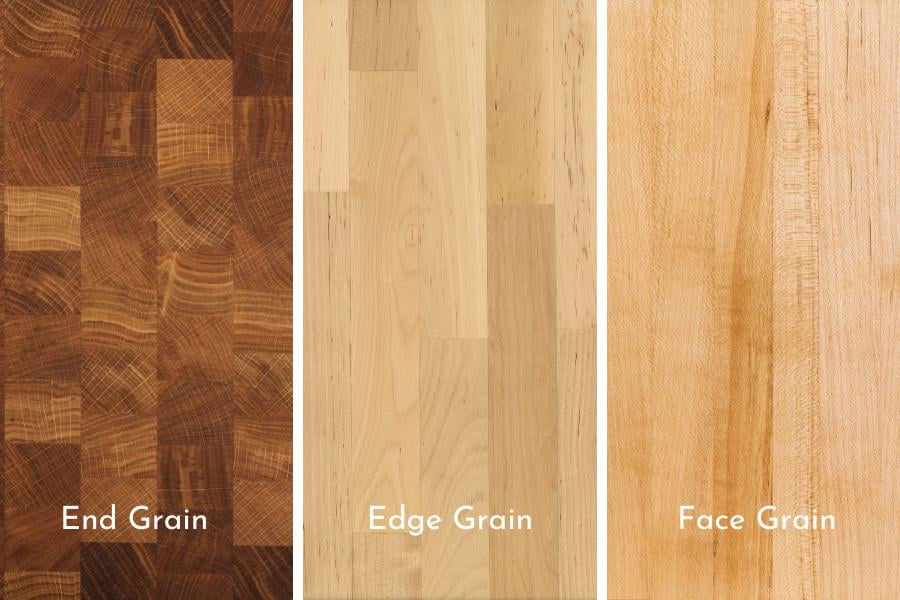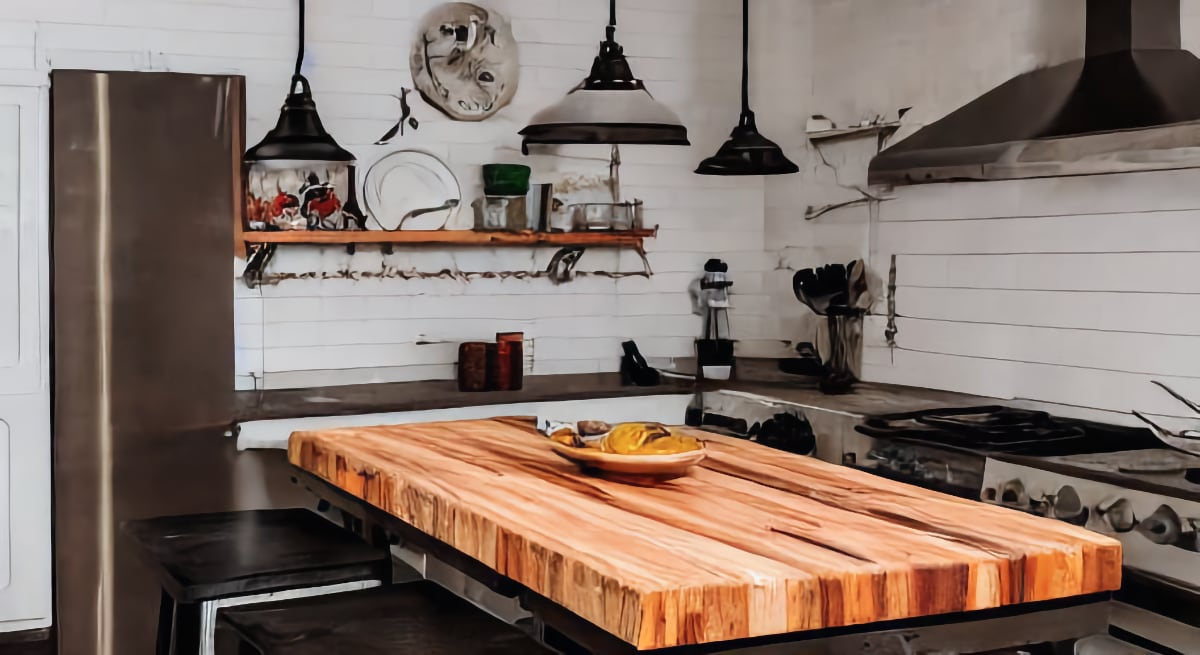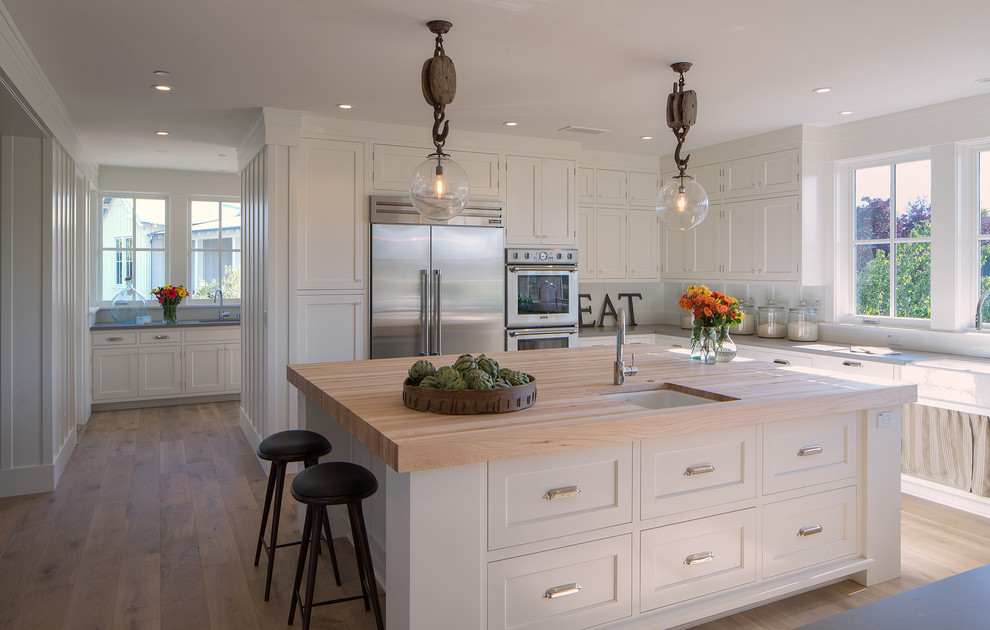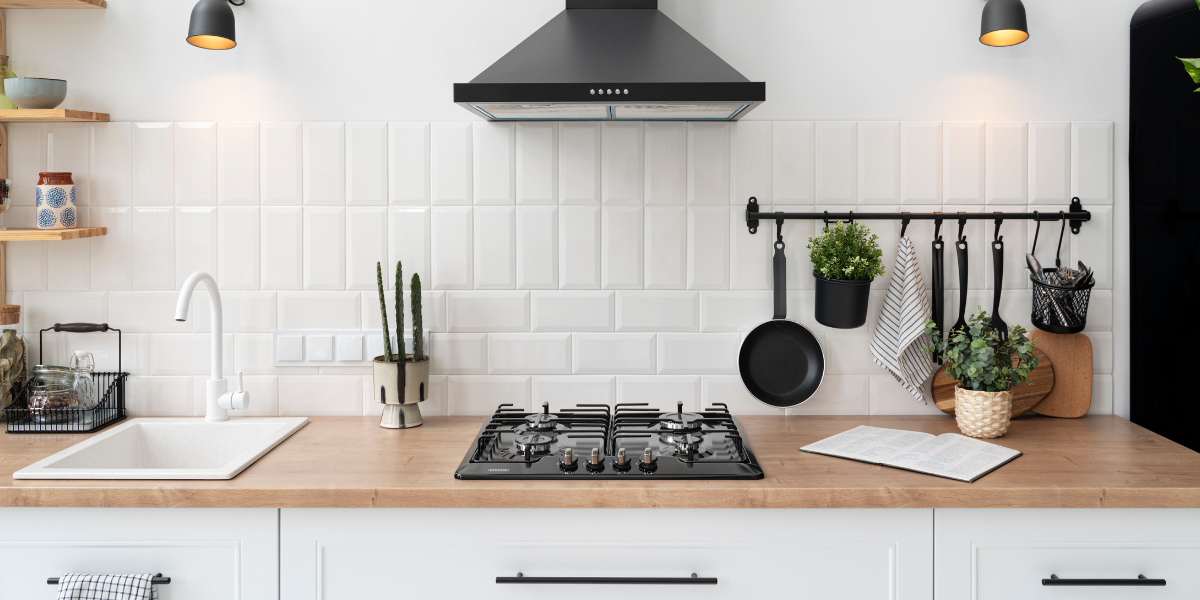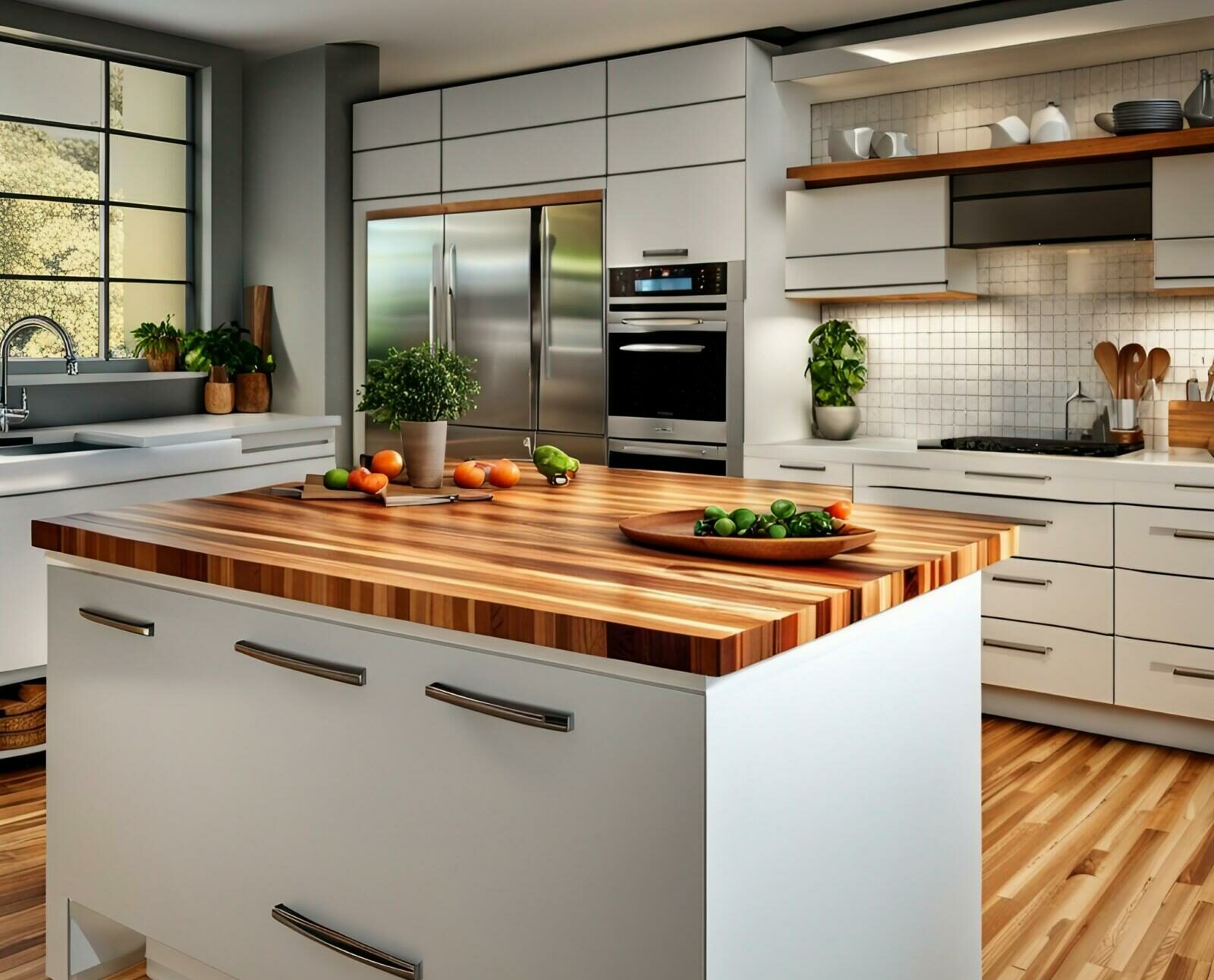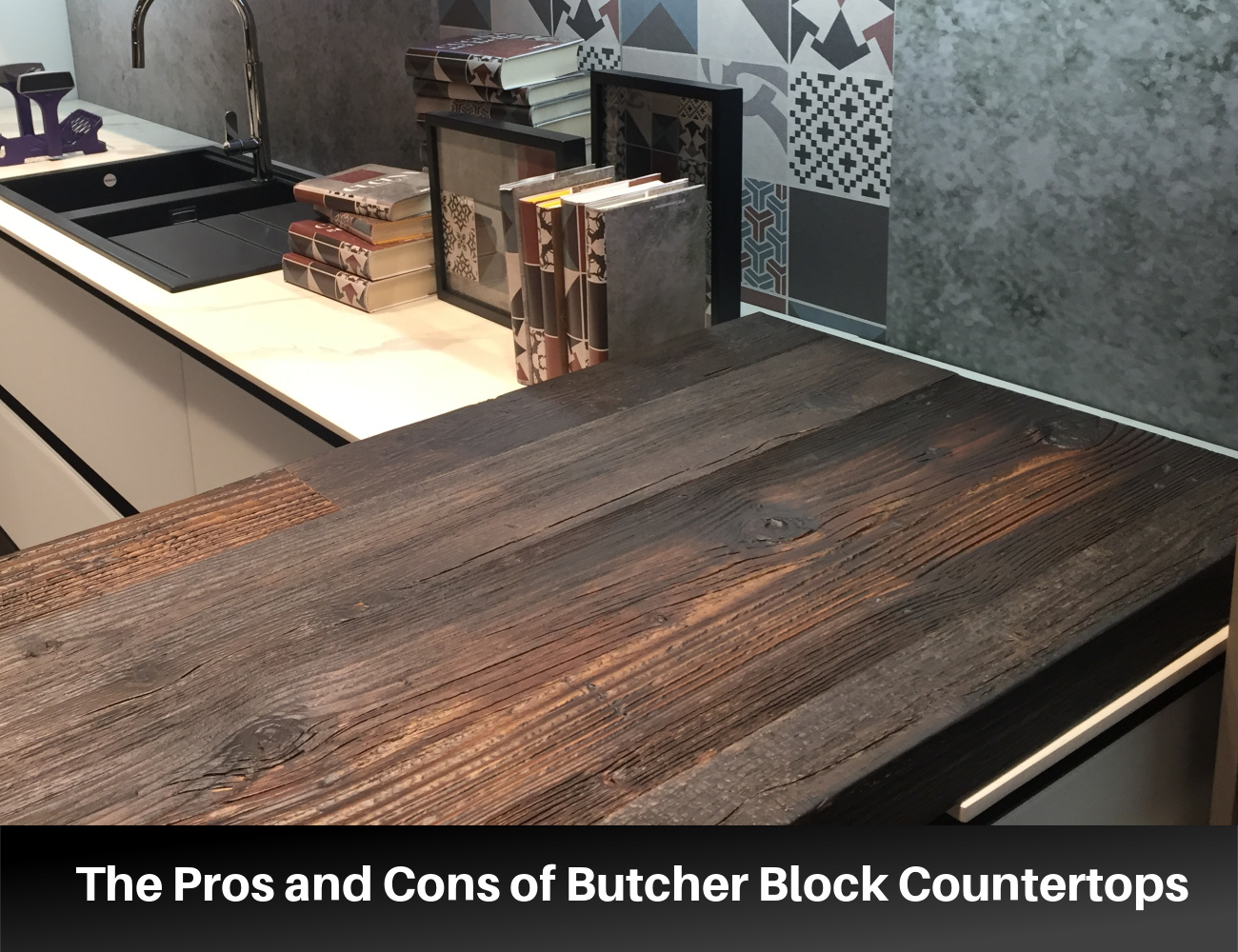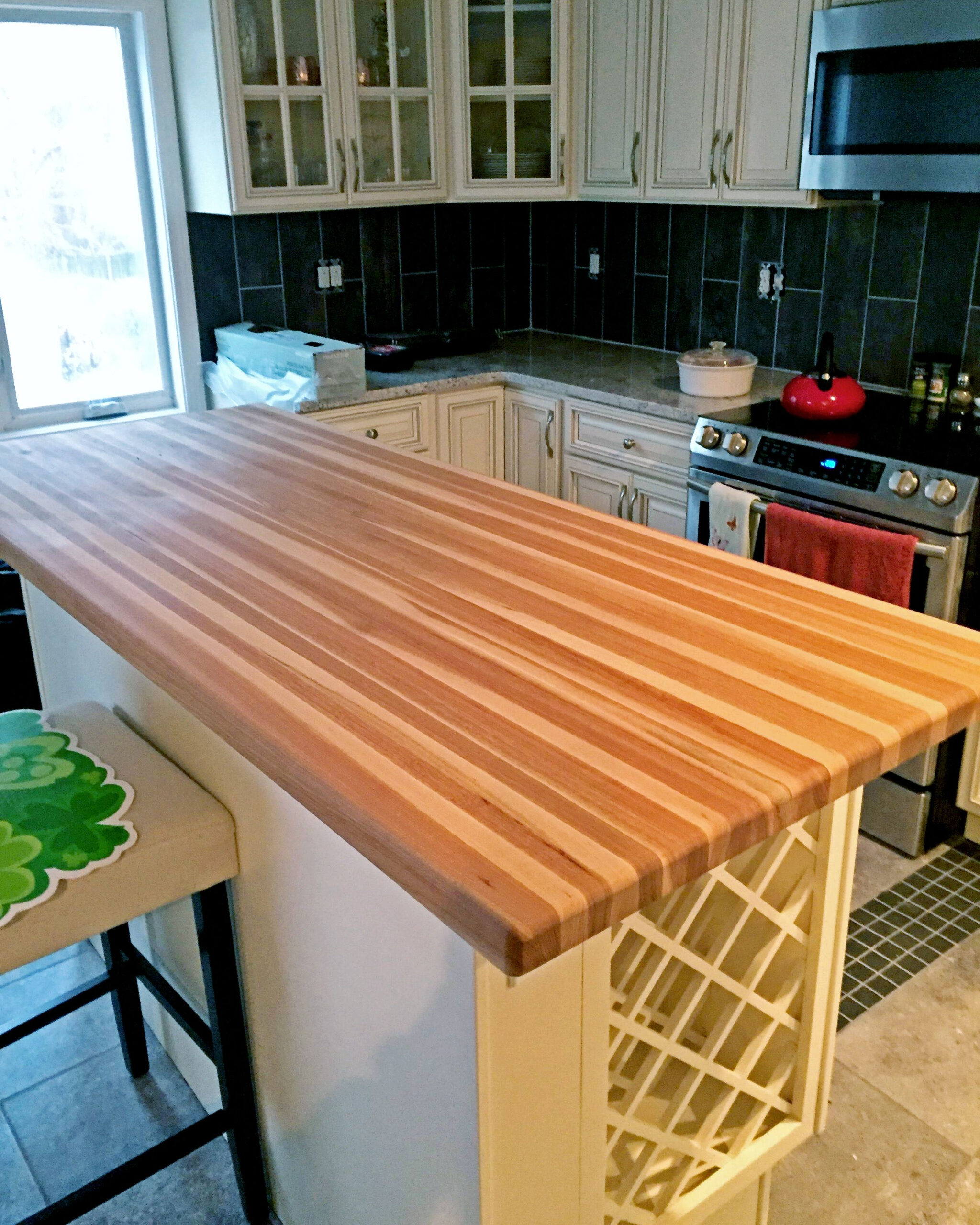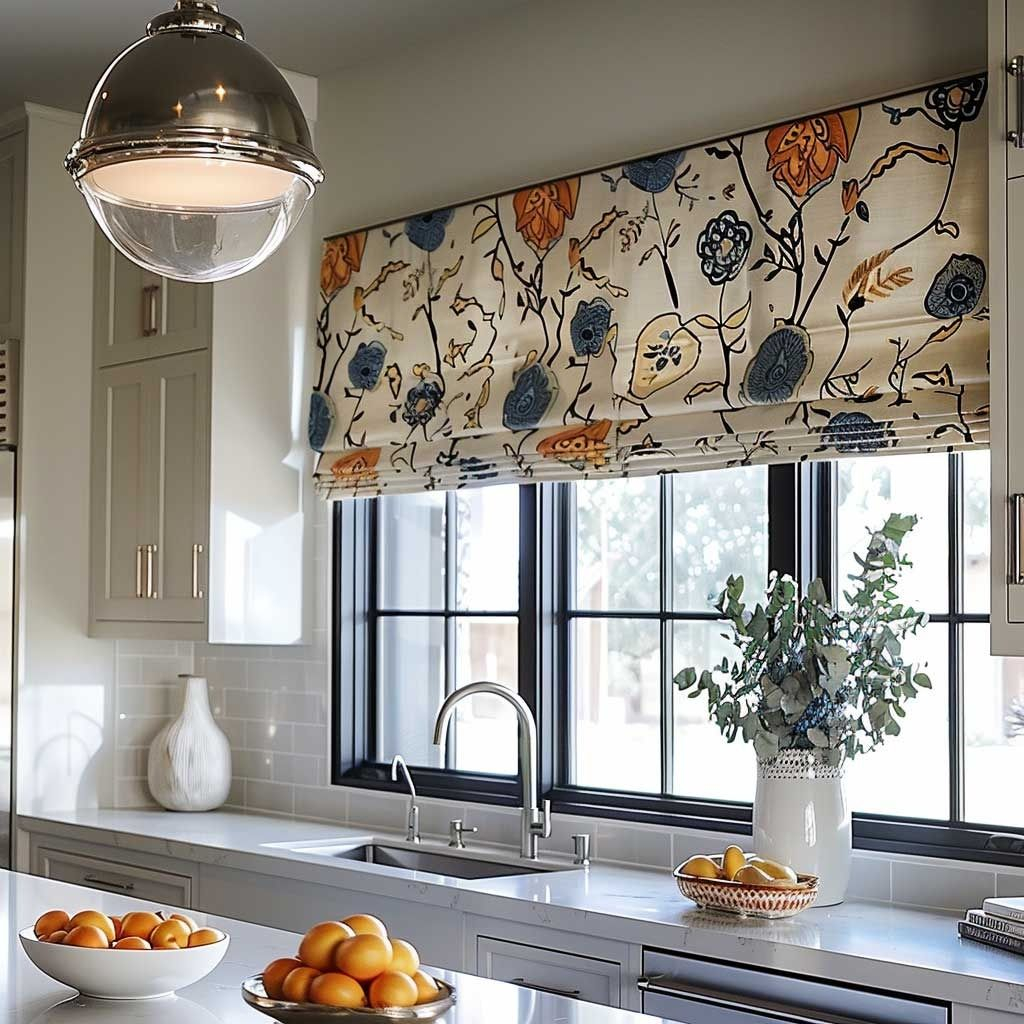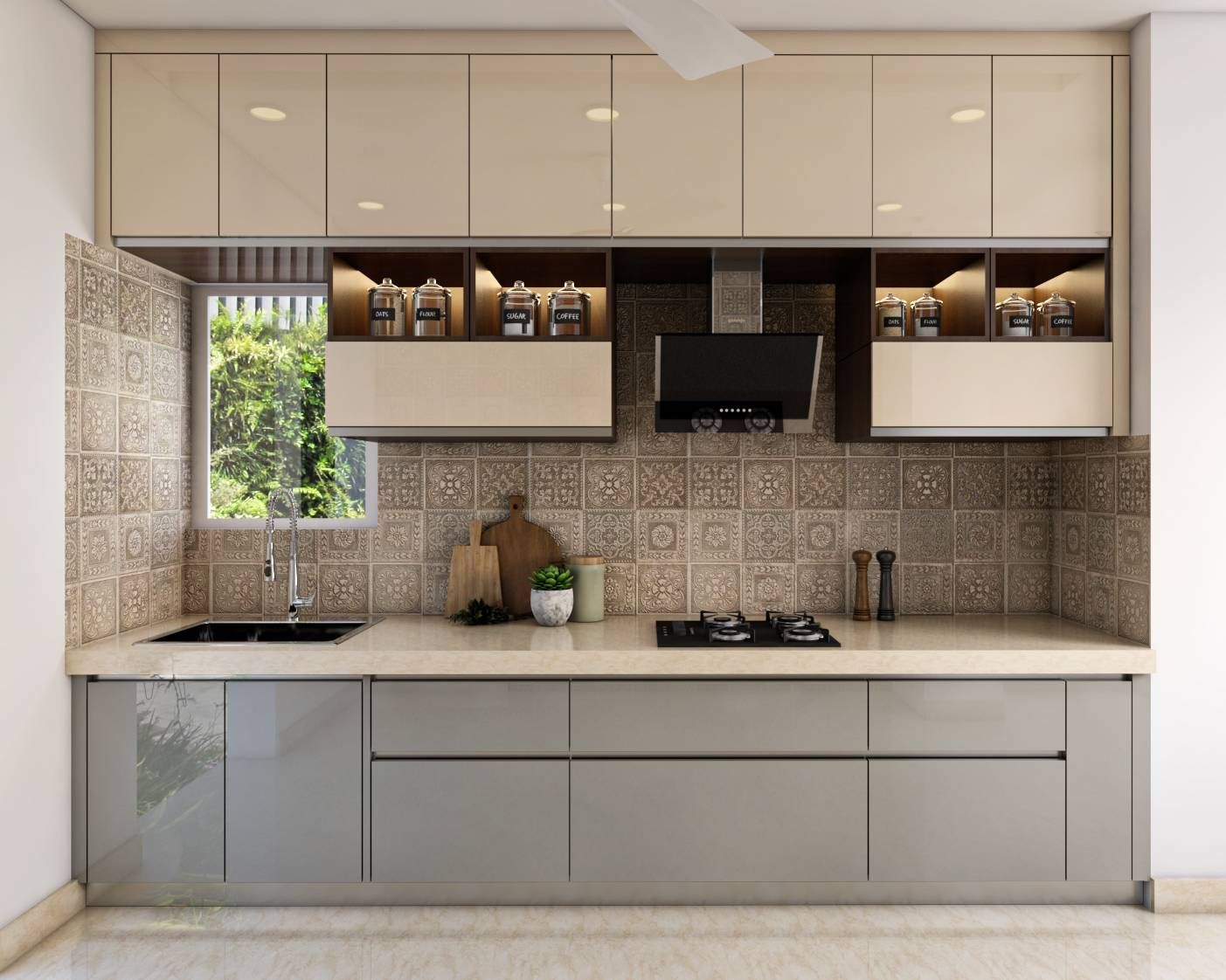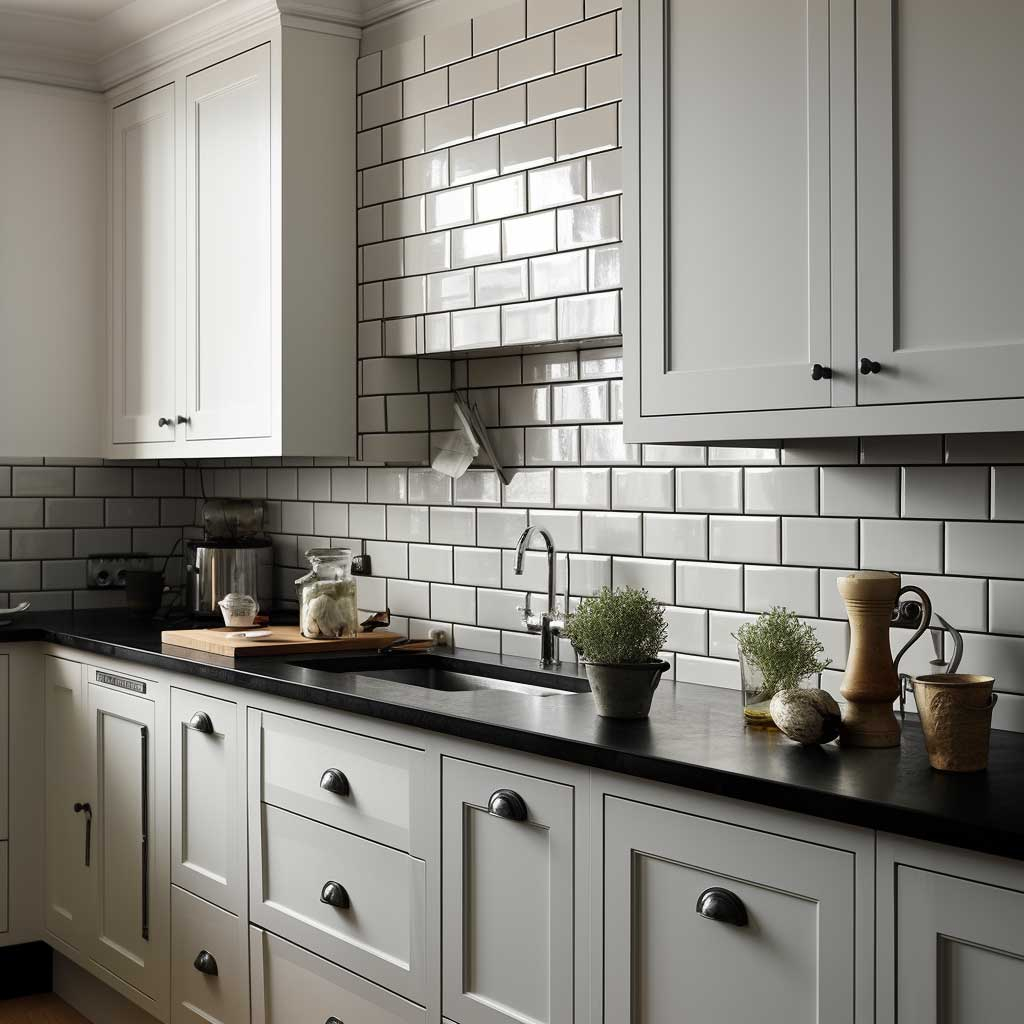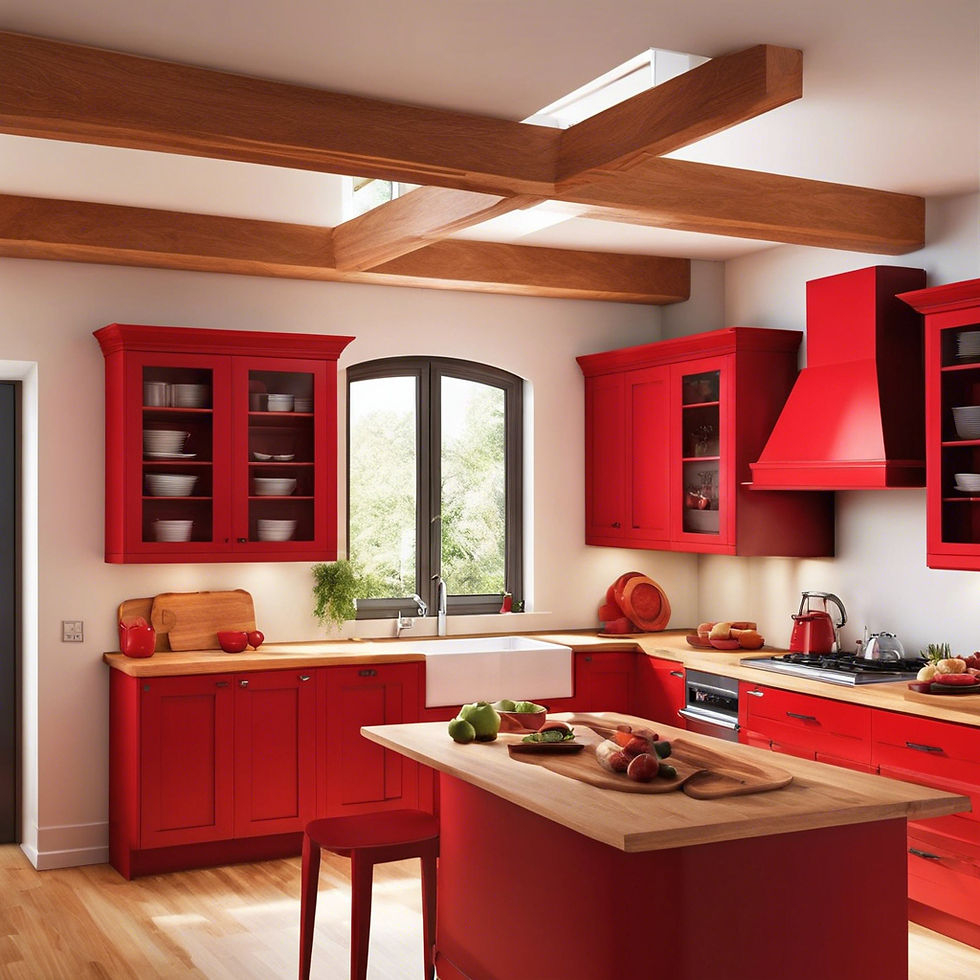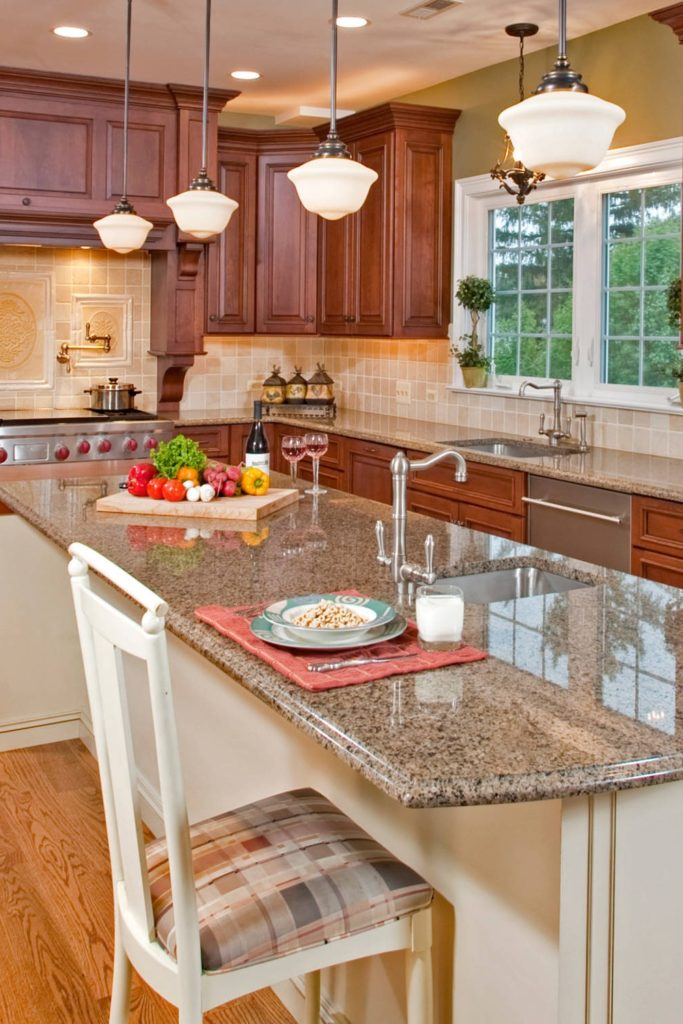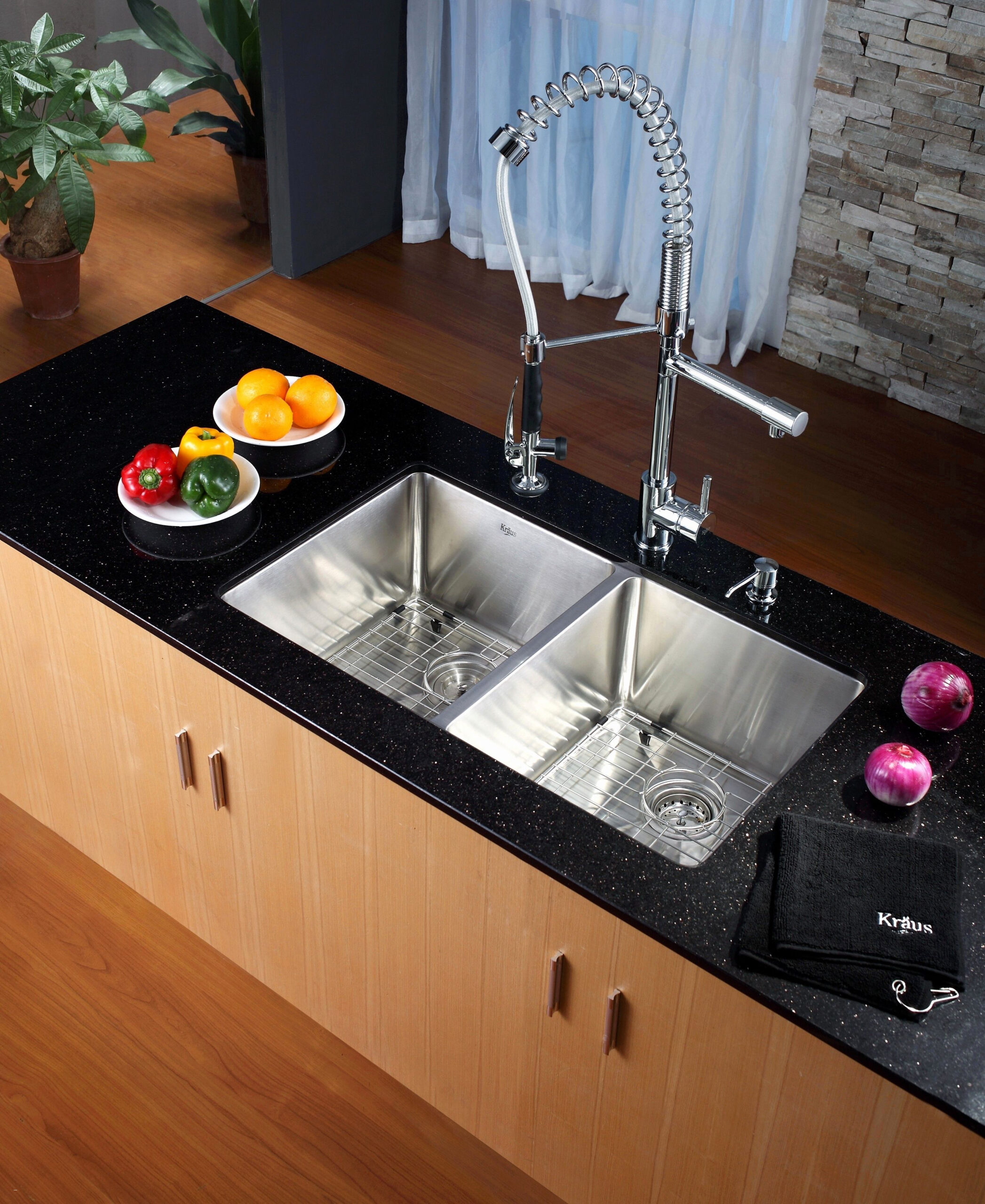There’s something undeniably warm and inviting about a butcher block countertop. It’s a natural material that brings a touch of the earth right into your kitchen, adding character and a unique aesthetic that simply can’t be replicated by laminate or solid surface materials. But this beauty comes with a bit of a responsibility. If you’ve chosen butcher block for its rustic appeal and practical surface, you’re likely wondering how to keep it looking its best for years to come. It’s not rocket science, but it does require a little know-how and consistent effort. Let’s dive into how you can master the art of butcher block countertop care and maintenance, ensuring your kitchen’s centerpiece remains a source of pride and joy.
Butcher block countertops are a fantastic choice for any kitchen. They’re durable, can be repaired, and develop a beautiful patina over time. However, wood is a living material, and it needs proper attention to thrive. Think of it like caring for a beloved piece of furniture, but with the added demands of a busy kitchen environment. From chopping and cooking to spills and constant use, your butcher block is going to see a lot of action. Understanding its basic needs – how to clean it, how to protect it, and how to revive it – is key to unlocking its full potential and ensuring it stands the test of time. We’ll break down everything you need to know, making it simple and straightforward.
Daily Cleaning: Keeping it Fresh and Hygienic
The most crucial aspect of butcher block care is daily cleaning. After each use, it’s important to wipe down your countertop. A soft cloth dampened with warm water and a mild dish soap is usually all you need. Avoid harsh chemicals or abrasive cleaners, as these can strip the protective finish and damage the wood. For tougher spots, you can use a paste of baking soda and water, gently rubbing it in. Always wipe the surface dry afterwards to prevent water spots and potential warping. Think of it as a quick spa treatment for your countertop after a busy day. Regularity is your best ally here; a few minutes each day will save you a lot of trouble down the line.
The Importance of Sealing and Oiling
Sealing and oiling are the cornerstones of butcher block maintenance. A good sealant protects the wood from moisture, stains, and bacteria. For a food-safe finish, mineral oil is a popular choice. It penetrates the wood, offering protection and a lovely sheen. How often should you oil? It really depends on usage and climate, but generally, once a month is a good starting point. You’ll know it’s time when the wood starts to look dull or water no longer beads up on the surface. To oil, simply apply a generous amount of food-grade mineral oil with a clean cloth, let it soak in for at least 20 minutes (or even overnight), and then wipe off any excess. For an even more robust finish, consider specialized butcher block conditioners that often contain beeswax, which adds an extra layer of water resistance. This simple ritual will keep your wood looking rich and vibrant.
Tackling Stains and Scratches: Restoration Tips
Scratches and stains are inevitable with a working countertop, but they don’t have to be permanent. For light scratches, a gentle sanding with fine-grit sandpaper (around 220 grit) can work wonders. Always sand in the direction of the wood grain. After sanding, reapply your chosen oil or sealant. For deeper scratches or nicks, you might need to use wood filler or even a block of matching wood to patch the area. Stains can be tricky. For minor discoloration, a baking soda paste might help. For more stubborn stains, you might need to lightly sand the affected area. Remember, the beauty of butcher block is its ability to be repaired. Don’t shy away from a little DIY; it’s part of the charm and longevity of your countertop.
Preventing Damage: Proactive Measures
Prevention is always better than cure, right? With butcher block countertops, this means being mindful of how you use them. Always use a cutting board for direct chopping, even if your block is designed for it. This preserves the surface and keeps your knives sharper. Use trivets or hot pads for hot pots and pans; direct heat can cause scorching and damage. Wipe up spills immediately, especially acidic liquids like lemon juice or vinegar, as they can etch the wood. Avoid placing wet items directly on the surface for extended periods. By incorporating these simple habits into your kitchen routine, you’ll significantly reduce the chances of damage and keep your butcher block looking pristine.
Dealing with Water Damage and Warping
Moisture is the biggest enemy of butcher block. If you notice any signs of water damage, like dark spots or a slight warping, act quickly. Minor warping can sometimes be corrected by ensuring the countertop is properly supported and by applying oil consistently to both the top and bottom surfaces. For more significant warping or cupping, you might need to consult a professional. Regular oiling and prompt cleanup of spills are your best defense against these issues. It’s also a good idea to ensure good ventilation in your kitchen, especially around the sink area, to help the wood dry out properly. A little vigilance goes a long way in preventing these more serious problems.
Choosing the Right Finish: Oil vs. Varnish
When it comes to finishing your butcher block, you have a couple of main options: oil or varnish. Oil finishes, like mineral oil or tung oil, are food-safe and allow the wood to breathe. They highlight the natural beauty of the wood and are easy to reapply and repair. However, they require more frequent maintenance and offer less protection against stains and scratches. Varnish or polyurethane finishes offer superior protection against moisture and stains and are more durable. They create a barrier on the surface, making cleaning easier. The downside is that they are not typically considered food-safe for direct cutting surfaces and can be harder to repair if scratched or damaged. The choice often comes down to whether you prioritize a natural, easily repairable surface for food prep or a more durable, low-maintenance protective layer. Many people opt for an oil finish for its authentic feel and ease of repair, embracing the slight patina it develops over time.
Caring for your butcher block countertop is an investment in its beauty and longevity. By understanding its needs and incorporating simple, consistent maintenance practices into your routine, you can ensure it remains a warm, inviting, and functional focal point of your kitchen. From daily wipe-downs and regular oiling to knowing how to tackle those inevitable nicks and stains, you’ve got the tools to keep your butcher block looking its absolute best. Embrace the natural evolution of the wood; those little marks tell stories. With a little love and attention, your butcher block countertop will not only serve you well but will become an even more cherished part of your home over time.

